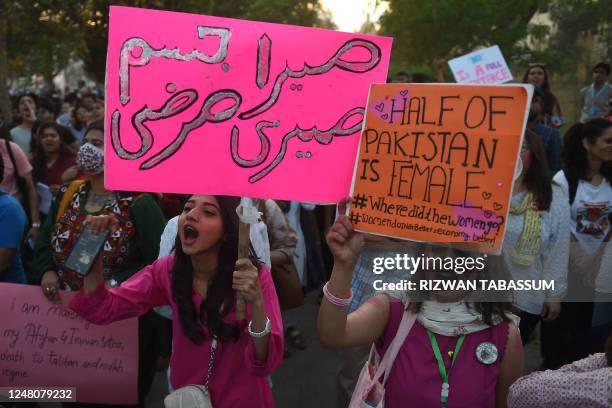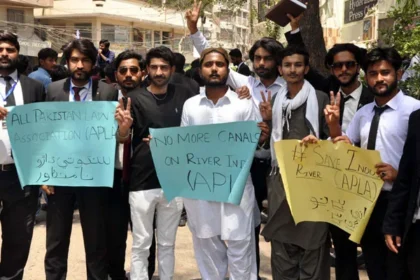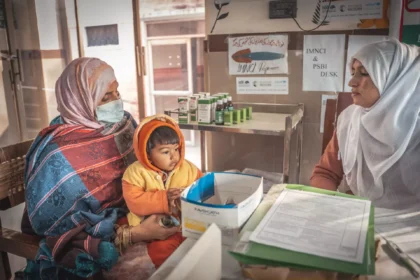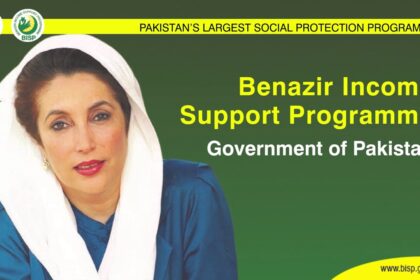As February approaches, the wait for the annual Aurat March, held on Pakistan’s National Women’s Day, is almost over. February 12, 2025, will see a myriad of banners, bold symbols, and unshakeable courage. As one of the most ardent organizers of this movement for the past few years, I’ve seen it rise—full of hope for the Pakistani woman and her quest for justice in a neo-traditional orthodox culture, combust under pseudo-intellectual ideals, and finally, sink into the monolithic feminist abyss it has inevitably become in the recent months.
Pakistan has experienced a consistently downward trend in its already sinking rating in the Gender Inequality Index, ranking 145th out of 146 in 2024. The news holds no surprise, except for the fact that we still fare better than Sudan—the only credible explanation is that we haven’t plunged into a full-time war as of lately, unlike the latter, which has been suffering under the greater African genocide. The only proof Pakistan has to show for gender equality is a portrait of Benazir Bhutto, regal in all her nepotistic socialism, and gleaming under the brightness of reconciliation ordinances. The only time Pakistan has come close to replicating it has been in the current sitting Chief Minister of Punjab, whose interests lie more in victim-blaming recipients of the anti-woman warfare and creating flashy posters for the curriculum’s elective chapters.
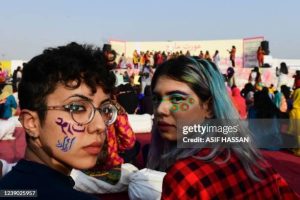
The reason behind the above analysis is proportion. The Aurat March’s entire structure suffers from problems very similar to the scenarios referred to, and while it is a bitter pill to swallow, it is certainly easier than curating the highly sophisticated divisive narrative that the movement’s social media handles have been tirelessly involved in. There is no doubt in the fact that Pakistan needs Aurat March because there is a necessity in challenging the chauvinistic attitudes and faux religious narratives that facilitate gender inequality and permeate every aspect of life here. Yet the movement’s current trajectory undermines its ability to be truly inclusive and actually serves as a revolutionary force. The following is a piece of very personal (and hopefully not as one-dimensional as the movement itself) critique of the March, its failure to embody intersectional feminism, the biases it exhibits in its political affiliations, and its problematic leadership, all amalgamating to disregard its credibility.
It is crucial to understand that feminism in Pakistan cannot be a rigid theoretical construct. And that there’s certainly nothing wrong with adding a pinch of radicalism to it. Women’s experiences in this country are shaped by countless factors, from race, class, geographical location, skin color, and religion to political ideals. The sad truth is that despite this reality, the March has failed to embrace this complex diversity, which also consequently demands fair representation. The movement’s leadership, ranging from figures like Mira Sethi to Marvi Sirmad, has centered on urban, upper-middle-class liberals, leaving little room for rural, working-class women. I never imagined a world where liberals would be the bad guys, but here we are, and they have only themselves to blame. Their repeated exclusionary agendas, claims of “social democracy” in the face of fascist political repression, and the apathetic reception of women’s experiences have been painful to watch. It won’t be an exaggeration to state, therefore, that the Aurat March lacks the one thing key to the success of all movements: grassroots activism. Women in Pakistan will not be liberated by empty slogans, but by legal advocacy, constructive criticism, revolutionary media, and an unabashed promise to be there for all women.
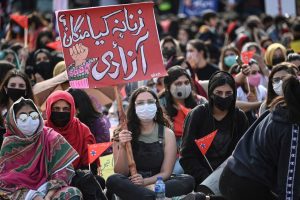
Another glaring issue is March’s selective political critique. I’m no supporter of turning a blind eye towards any particular political figure’s wrongs, or even justifying them, but doesn’t true democracy (the one so passionately coveted by “humanists” like Sarwat Gillani, who go on podcasts to impart lessons on incest motivated by the lovechild of false consciousness and internalized misogyny) lie in being able to express dissent and call a spade a spade? Consider, for example, the following post recently made by the March’s Instagram account. There are many things troubling about this; the most obvious is the absence of PPP. The very audacity of the organization to call itself center-left when it has created a gendered feudal hegemony in Sindh over the past decades is outrageous. Highlighting the Bhutto-Zardari sisters as “empowered” women is a joke in itself, because what do they know about the problems of the Pakistani woman when their only source of contact is the approximately five-year marker for general elections, as they make one trip to interior Sindh to cast their votes, and two miles away another Hindu minor is raped and hanged, or worse, raped, filmed, and then hanged? PPP’s dismal record in Sidh, with its alarming rate of honor killings, domestic violence, and castration incidents, rarely finds space in the Aurat March’s criticism.

It is essential, therefore, to situate Aurat March within broader feminist ideologies, like Kimberlé Crenshaw, who stresses the interconnectedness of various forms of oppression and the need to address them collectively. Unfortunately, the movement’s reliance on liberal feminism, which prioritizes individual empowerment over systematic change, is unachievable in a place like Pakistan, where community is riddled with cultural fallacies and Oriental traditions stand just as strong. We should not need to give up our identity to be able to feel empowered. The Aurat March is a critical element of the gender equality movement in Pakistan, but it is far from perfect. In order to move away from its negative advertising, there is a need to renounce performative activism and embrace structural accountability in order to evolve into a movement that can truly represent all women.





